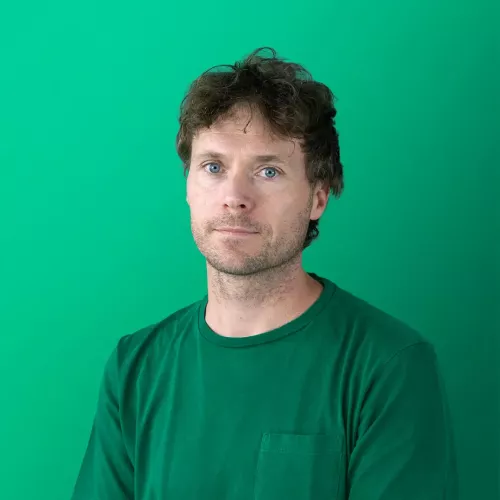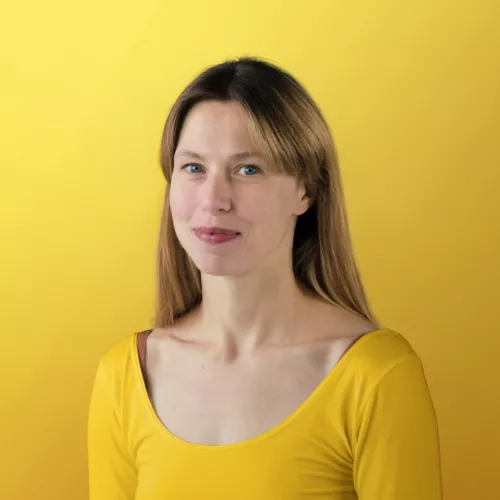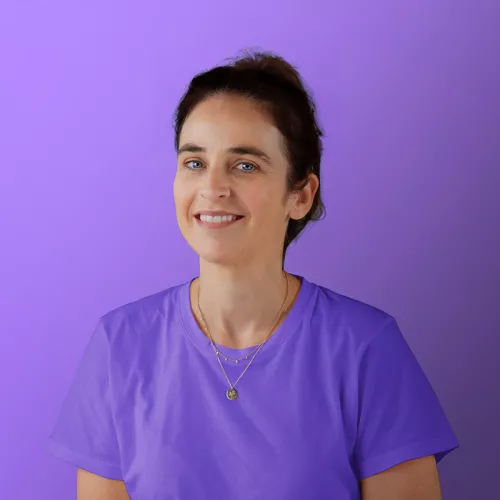How we help you build green websites
Did you know that websites can have a surprisingly large impact on the environment? Because of how the internet is hosted and distributed, a website that receives 5,000 pageviews per month will produce the equivalent of burning 34 litres of gasoline each year. This is for just one website. Out of hundreds of millions.
At Plant a Flag, we recognise the importance of reducing our ecological footprint. Plenty of opportunities for mitigating this impact present themselves in how we build websites. By lowering this impact you can not only expect a smaller carbon footprint but a faster site as well, so that your customers can find what they need as quickly as possible. Are you looking to reduce your environmental impact? We help you mitigate these effects in a few ways: we make use of modern, efficient tools, keep code clean and optimised, and collaborate with partners focused on building a greener web.
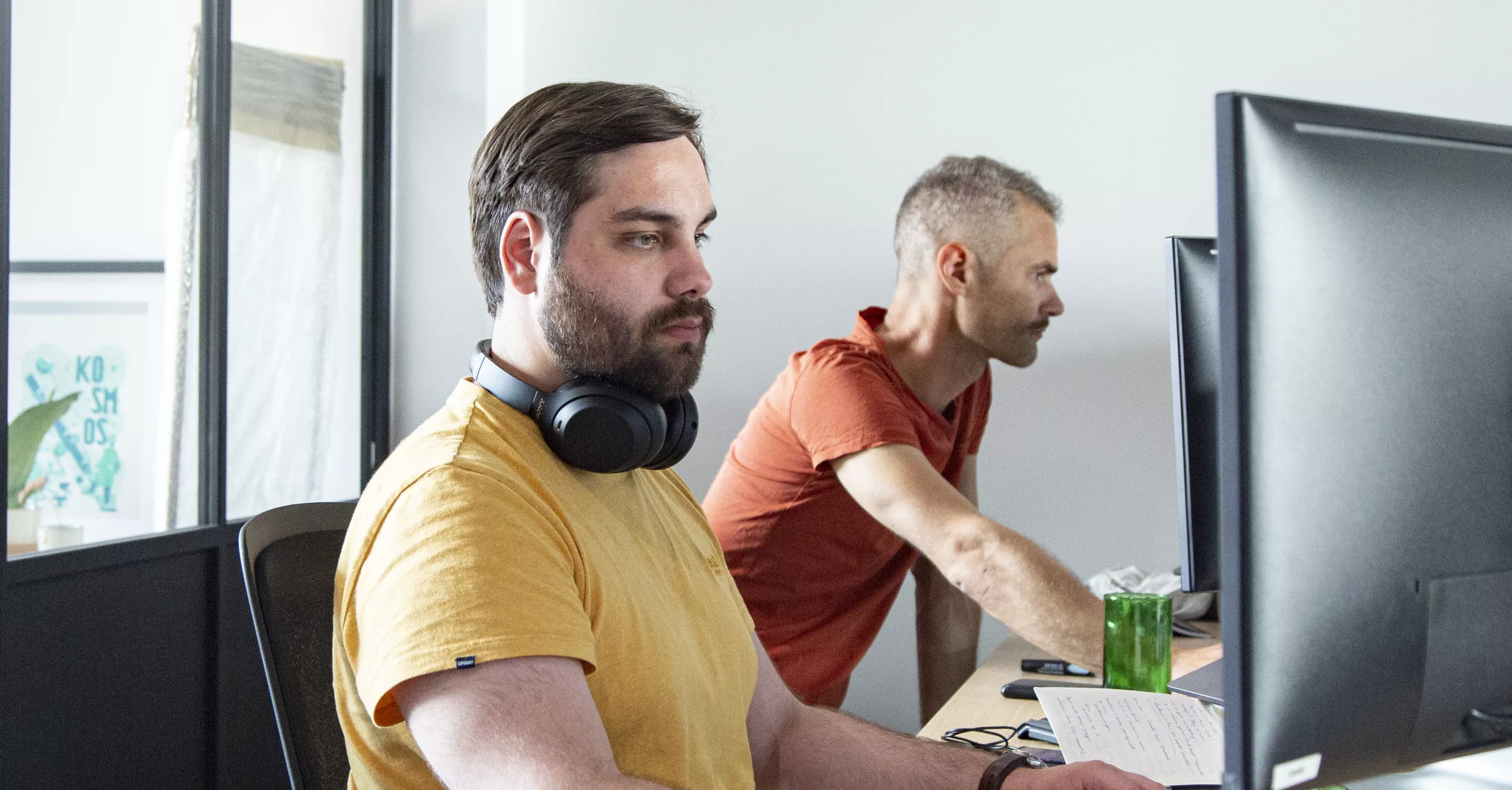
Efficient tools to jumpstart your site
Building sustainable websites comes down to making them as efficient and lightweight as possible. To continually improve on this, much of modern development work is built on working together - using tools and plugins that are tried and tested by the community. For example, on quite a few of our sites we implement sliders to display quotes, images, or teasers; to ensure reliable, up-to-date functionalities, we use external plugins to make this possible. In choosing these tools, it's paramount that we make use of the most recent tech available. This ensures security, reliability, and most importantly: sustainability. With these tools, we solve another crucial issue: each time a website is visited, the user must download all the unique items to go along with it - the fonts, the images, and the code rules for how the site should look. When it comes to font delivery, we use a special network which allows for caching, meaning if a user has downloaded a font on a different site, it won't need to be downloaded again.
We also focus on the delivery of our own code. The code we write is meant to be readable- so that developers can keep track of how the code works and which piece of code does what.
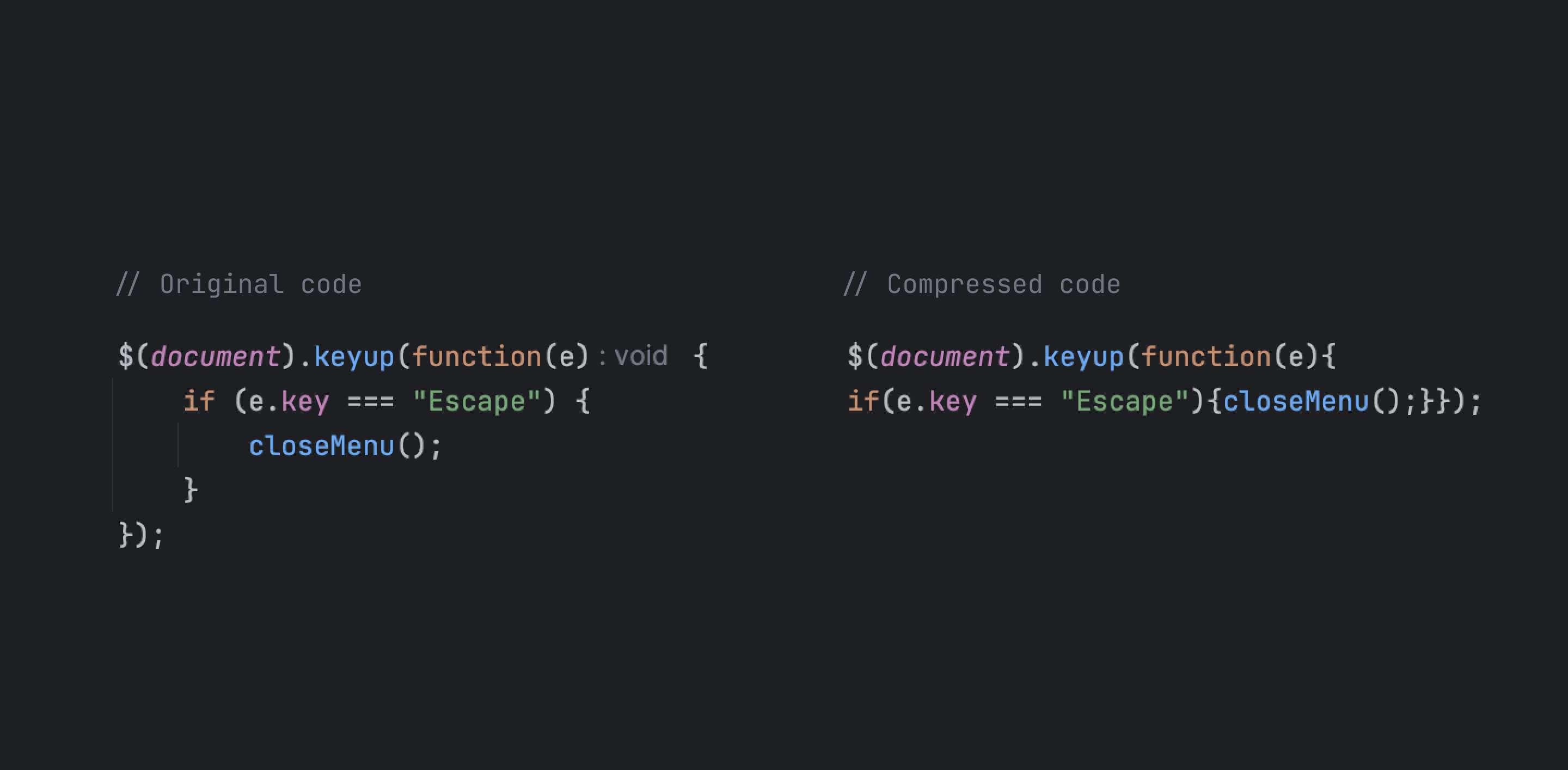
This makes the code easier to traverse for us developers but introduces a lot of extra characters which are meaningless to the computer which will eventually read and display the code. This is why we use tools which take the human-readable code and remove all the elements the computer doesn't need, producing a much smaller file to be downloaded when a user visits the website.
Clean code, clean planet
We've already discussed how the size of our code can impact the carbon footprint of our websites - it's one thing to compress the code after it's written, but we also need to keep in mind how the sites are structured. Many of the websites we build are built with Drupal, where we also need to ensure a proper setup to keep things clean and efficient. To prevent long load times and reduce file sizes, we make use of the Drupal cache in the most advanced way possible. This enables the site to make a kind of 'snapshot' when it is visited for the first time; any subsequent visit will view this snapshot instead of having to re-render the site each time.
In Drupal, we also provide the option to upload images for page covers, articles, or our team's happy faces down below. For each type of image, we create a special style - for example, a cover image needs to be very big, whereas an image on the preview of an article doesn't need to be quite as big - which ensures that images are only as ever as big or small as they need to be. Recently, we've also introduced a conversion to WEBP in this workflow (Google's lightweight, modern alternative for JPG or PNG). These efforts make it significantly easier for you to upload images to your site without having to worry about file sizes.
Sustainable partnerships
Our internal efforts can take us far but there comes a point in this process that is out of our hands - the actual hosting of the websites we build - or the web hosting. In short, web hosting is made possible by a collection of computers (servers) storing the necessary documents to display a website to a visitor. When visiting us at plantaflag.com, the relevant information gets sent to your computer from a local collection of servers. The buildings home to these servers - called data centres - use an incredible amount of energy to power and cool these computers. According to the Green Web Foundation, these structures account for 1-2%1 of global power consumption, much of which is still supplied by fossil fuels. In our efforts to reduce the use of these non-renewable resources, together with you, we host most of the sites we build via Combell.
Combell is a Belgian hosting provider with data centres in Diegem and Zaventem using wind and small-scale hydroelectric power. These locations are operated using 100% green energy. This can be verified thanks to the diligent work of the Green Web Foundation. Using a rigorous set of guidelines,4 the Dutch non-profit classifies the green energy status of websites by the hosting providers' use of renewables. Because Combell is verified as a green hosting provider,5 when hosting your site on their services, it is automatically verified as well. Your website can then receive a nice little label like ours:
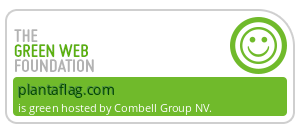
The European Commission estimates a 28% increase in data centre energy consumption by 2030, and this will only keep increasing. Working with 100% clean energy hosting allows us to build websites without a carbon footprint, which means you can enjoy this peace of mind as well.
A greener internet
Now, more than ever, we need to do our best to build sustainable systems, in any way we can. For us, this comes down to deploying green websites. By bundling all our efforts, we can help you build a sustainable internet: ensuring, in the short term, that websites have the smallest carbon footprint possible and, in the future, none at all. Optimised tools, efficient code, and sustainable partnerships help us move closer and closer to a green internet.
Whether you need a new digital business card or an extensive web shop, Plant a Flag will ensure you can contribute to a greener internet.


 Thibaud Streignart
-
Developer
Thibaud Streignart
-
Developer








